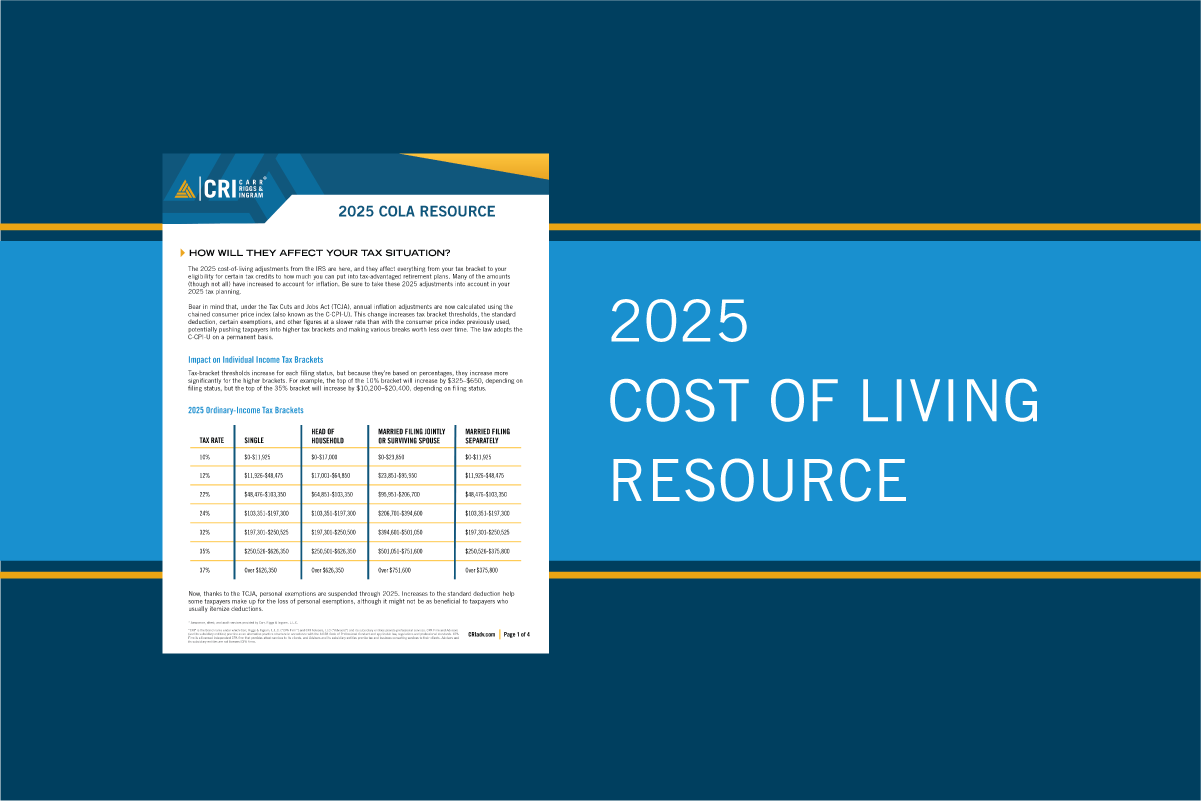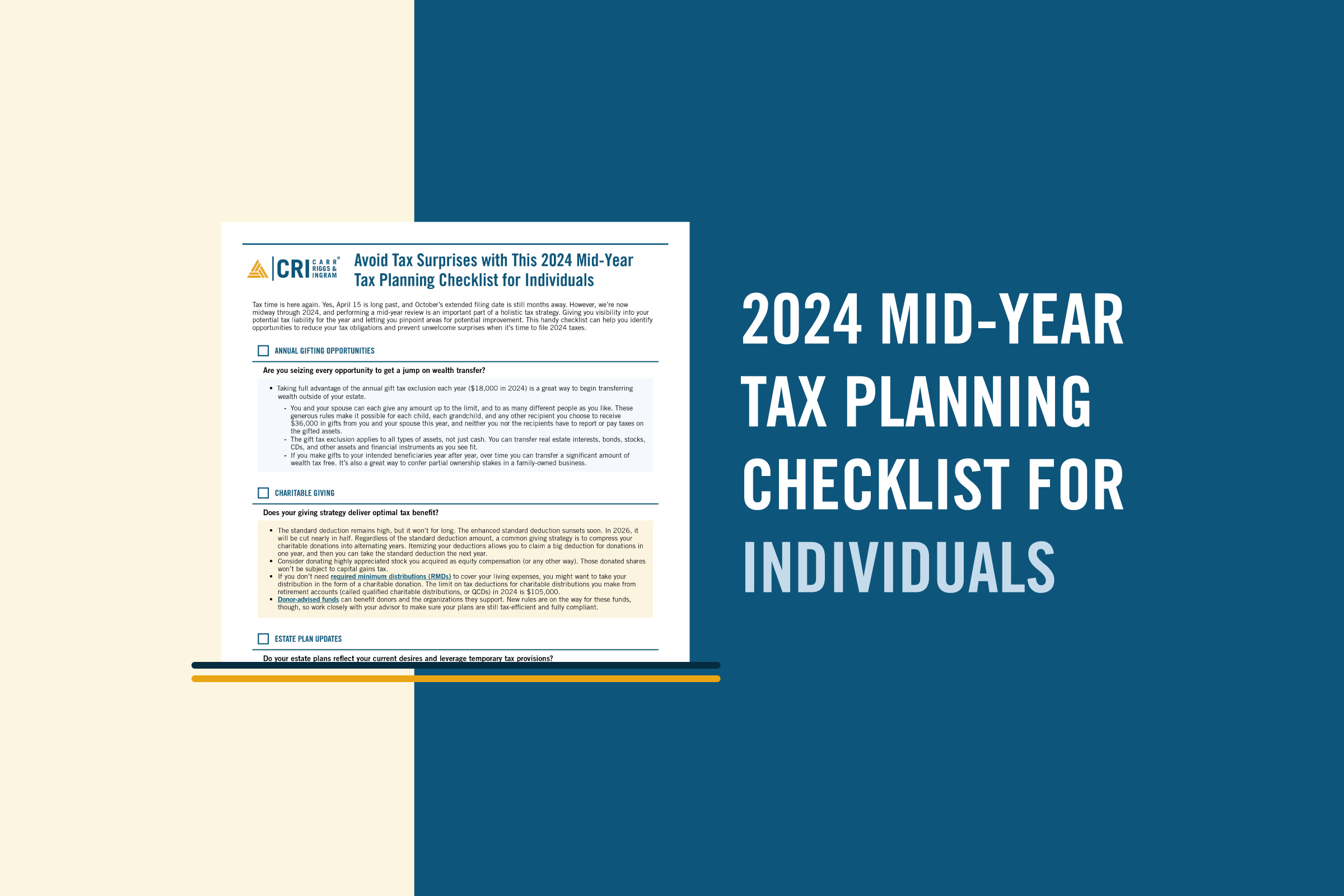Restructuring Organizations Through Tax-Free Business Splits
Feb 17, 2019
Every company must evolve over time to compete and meet changing customer needs. However, sometimes a company may develop to the point where different segments don’t work well together or multiple owners find themselves unable to agree on a strategic direction. Dividing the business into separate entities may provide a way to handle these types of dilemmas, but the decision may also create some problems.
Tax-Free Business Split
In a company split, the proportion of rights in the new companies that the owners receive will differ from what they held in the original business. Typically, each individual receives interests in one of the new companies instead of ownership in all of the businesses.
Sole proprietorships and partnerships generally can split tax-free with limited restrictions. But certain requirements apply to corporations in order to design splits as tax-free transactions. Those companies must typically meet the following parameters:
- Provide a valid business reason leading to the division, such as management discord, limitation of liability, or a directive from lenders.
- Active business conducted for five years before the break by each company splitting from the original entity, as well as active engagement in a trade or business by both companies immediately after the transaction.
- Maintain the nature of the original business.
Not surprisingly, tax-free splits are complex. You risk significant tax liability if the transaction structure falls apart. So before executing a split, consult with both your accountant and tax attorney. To help ensure a solid transaction, focus on the anticipated business structure (sole proprietorship, partnership, LLC, S-corporation, or C-corporation) and the nature of the new companies. Additionally, evaluate the original company’s business structure before the split, and the company’s pre-split tax attributes—such as net operating losses and credit carryovers.
Personal Impact
Splitting a business may also impact the owners’ personal finances. If the company is a partnership, LLC, or S-corporation, then owners know that they must report their proportionate share of income or loss on their individual income tax return. When splitting the business, shares of the income or loss through the day the interest was disposed of must be calculated.
How does this calculation work? Typically this calculation is made by closing the books and calculating income or loss for the old and new owners the day the split occurs. If desired, the owners may decide to use a pro-rata method of income allocation.
Dividing the business may also impact future estate taxes of minority shareholders in the new companies. The reason is that the value of the minority interests may be able to be discounted, which could lower the estate’s value and tax liability.
Making It Official
Before proceeding with a split, ensure that it’s allowed under previous legal agreements. Specifically, review the buy-sell agreement, which outlines the terms and conditions under which owners may exchange interests. If it prohibits splitting the company, then shareholders can amend the document with the approval of the appropriate owner majority. Just don’t ignore the buy-sell agreement and proceed with the division since it could lead to litigation from unhappy interest holders.
If the business has an Employee Stock Ownership Plan (ESOP), then the split can become more complicated. The plan’s trustees will have rights with respect to the proposal, which generally means that they vote on the split. At a minimum, ESOP trustees will likely have concerns about Employee Retirement Income Security Act (ERISA) and DOL rules, as well as the business reasons driving the separation. They’ll likely require assistance from pension and corporate law advisors to make sound decisions.
Time for a Final Decision
Splitting a company into separate entities is a major decision with sometimes profound consequences. However, if doing so seems to benefit all parties involved, then the business split may be worth it. Contact CRI’s tax professionals for help with planning the business split and related tax strategies.




























































































































































































































































































































































































































































































